



|
|
|

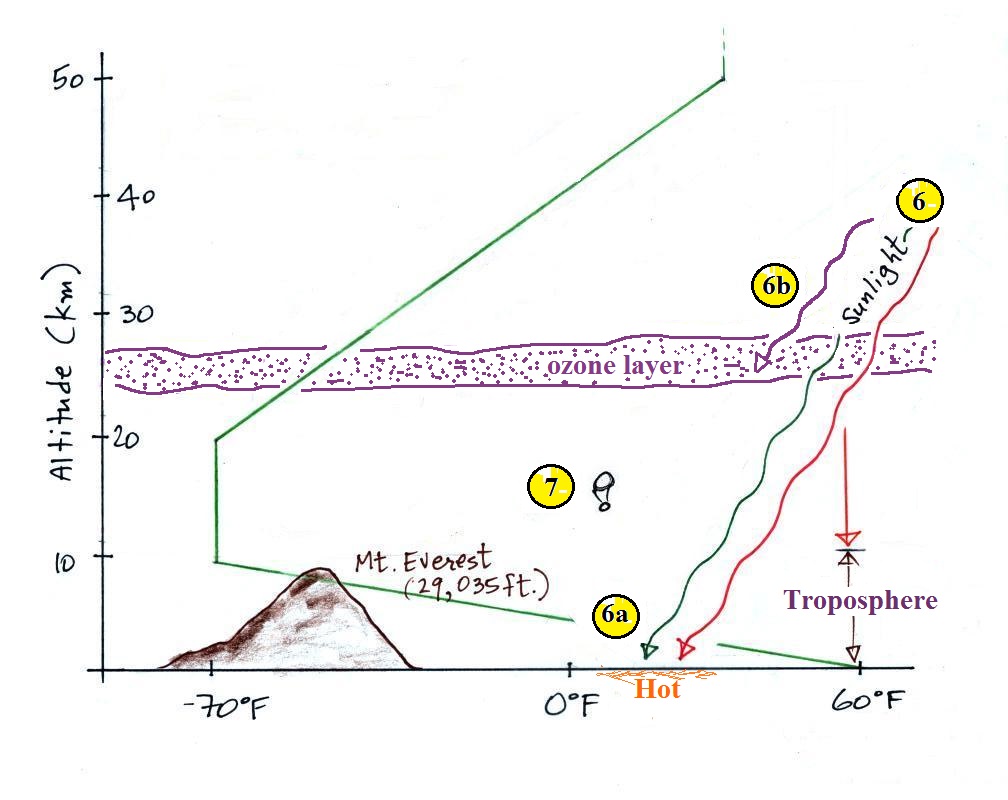
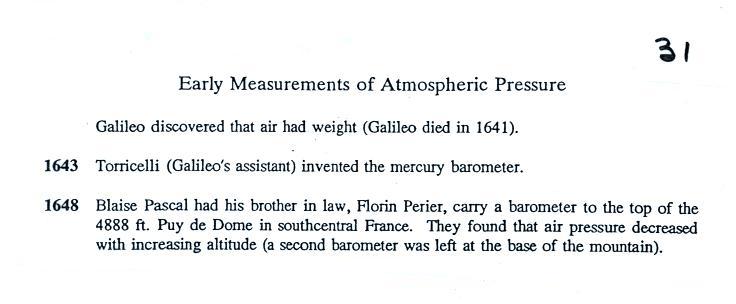
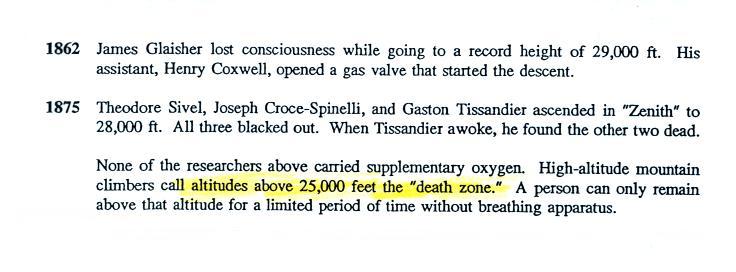


Source
of the image below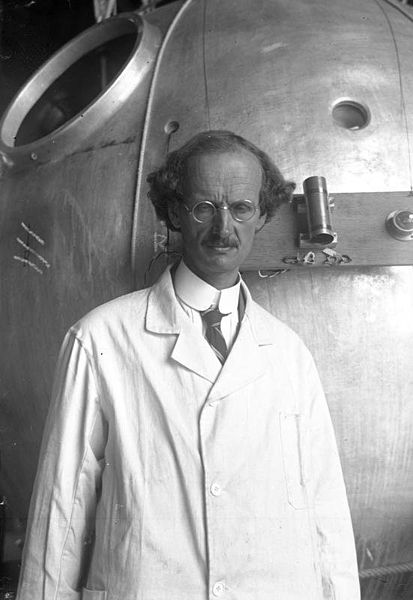 |
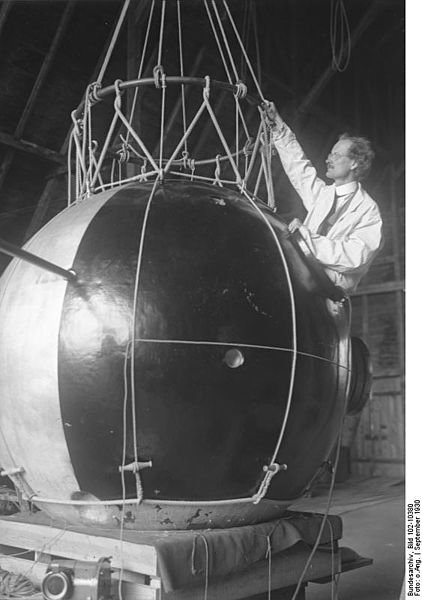 I believe this is the gondola flown into the stratosphere by Auguste Piccard and Paul Kipfer is shown above (source). The figure caption is in German so I am not sure that is the case. |

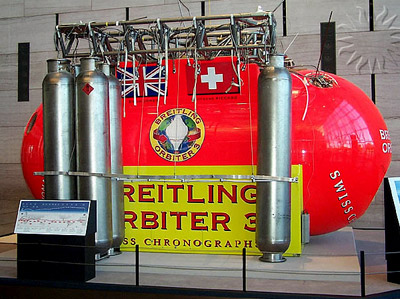 |
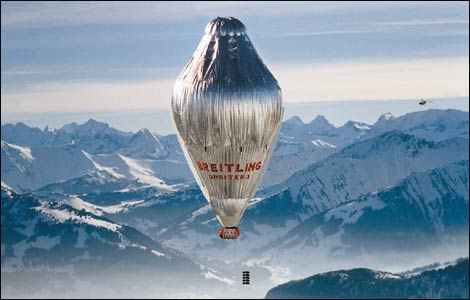 |
 |
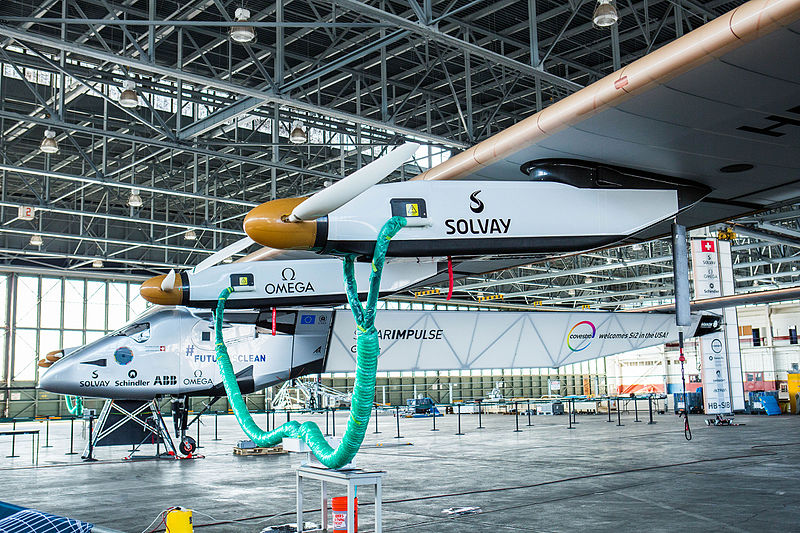 |
| A photograph of Solar Impulse 1 (source of the photo) | A photograph of Solar Impulse 2 in a
hanger in Oahu, Hawaii. This photograph was
originally posted on Flickr by Anthony Quintano. (source
of the photograph) |